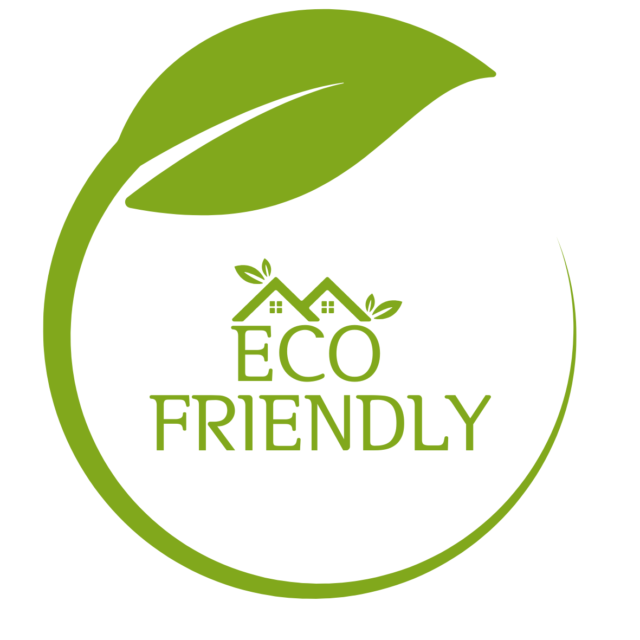I have spent several decades in the packaging industry and almost five years specifically in the green packaging market. During that time, I have come to appreciate both innovations that may have limited appeal but solve a specific or unique problem, as well as products that may not be as newsworthy but provide a solution to a much wider group of customers.
What Is a Broad-Based Solution?
In my mind, it is a product that would have mass appeal and solve a common or very typical packaging problem. For example, when we and others began promoting 100% recycled content corrugated for shipping boxes, the concept did not win awards or grace the cover of packaging magazines, even though it could potentially benefit every single shipping box buyer and user.
The idea of using 100% recycled content was a timely, simple and inexpensive solution that at least in theory was available and potentially of value to almost everyone. There are enhancements and improvements made in the packaging industry almost daily that for the most part go unnoticed and unheralded but deliver major contributions to the cause of sustainability.
Other times, a customer base is broadened by a process improvement that perhaps makes a product or solution more available, more useful or affordable to a larger market. For example, relatively new low-cost tooling for molded pulp trays now enables even low-volume customers to utilize this extremely effective and green interior protective packaging solution.
A different example is how a new process now allows us to create and deliver printed shrink film packaging at a fraction of the cost and time it used to take. Printed shrink film is easily removed and recycled when done, and in the right application it can deliver substantial savings by eliminating the material and labor costs of multiple labels or other ancillary packaging.
Packaging Made of Alfalfa?
No, it’s not a real product (that I am aware of), but I will use it as a hypothetical example of a packaging innovation that could possibly be created to solve an unusual packaging problem or perhaps appeal to a specific market. Let’s say it is a flexible pouch for liquids, and we’ll call it the Sustainable Alfalfa Container (SAC).
The SAC would be considered green because it is made from a renewable source, and, let’s face it, it is not plastic or glass. The SAC would almost immediately capture the attention of the media because as we all know, everyone loves a good green story. Regardless of cost, it could be a big hit within the green market because there is a small segment that is eager to buy and use the greenest, latest and “eco trendy” packaging solution, and because they can afford it.
The SAC could have much broader success and appeal if it delivered an indirect savings or benefit. For example, tests prove that milk packaged in the revolutionary SAC pouch has double the shelf life. You can imagine the impact that would have on product loss, as well as transportation, storage and packaging costs. Now the SAC ascends from being green to being bright green thanks to those dramatic and measureable savings.
Can the SAC Become a Broad-Based Solution?
I believe almost any product can be if it addresses a common need and if it is able to satisfy two critical requirements:
- Initial price – Even if it delivered a substantial indirect savings, the buy-in “price” has to be affordable to customers who are now programmed to think short-term price rather than long-term cost. Becoming the low-cost producer is no longer just a desired objective, it is a necessity.
- Availability – Some of the most exciting recent innovations are primarily held back by their manufacturing process and the inability to make the product fast enough to meet demand. On a natural, plant-based product, the growing cycle may be slow and limit service capabilities and thereby growth potential.
Also, understanding the difference between a niche product and one with broader appeal is important because it helps us to determine where and how we market our products and solutions. In the last year or so, much has been written about how green may be dying and how we may be contributing to it with poor marketing efforts.
We seem surprised and are disappointed when everyone does not buy every green solution we create, but if we use hindsight to re-evaluate the potential, we will often realize we were trying to force a unique niche product with limited appeal on to a weary and leery green market in need of broad-based solutions.
As a defendant who would have to plead guilty on multiple counts of miss marketing, I now recognize my mistakes and promise to do better in the future. Unless, of course, we create a new green packaging solution that the whole world should buy immediately.
It may be that the only thing more difficult to control than green innovation is green enthusiasm.



